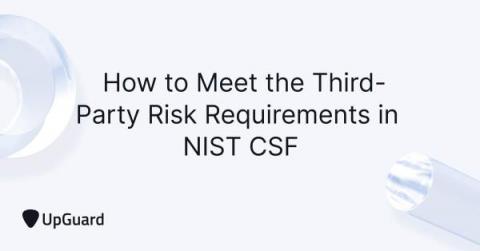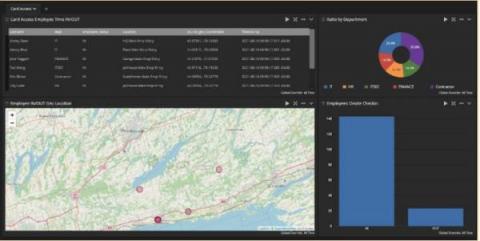How to Meet the Third-party Risk Requirements of NIST CSF
The National Institute of Standards and Technology (NIST) has issued special publications focused on improving Third-Party Risk Management (TPRM) and Supply Chain Risk Management (SCRM). The NIST Cyber Security Framework (NIST CSF) special publication has become a popular option for its unique applicability to all industries with critical infrastructures. NIST CSF isn’t a light read.











